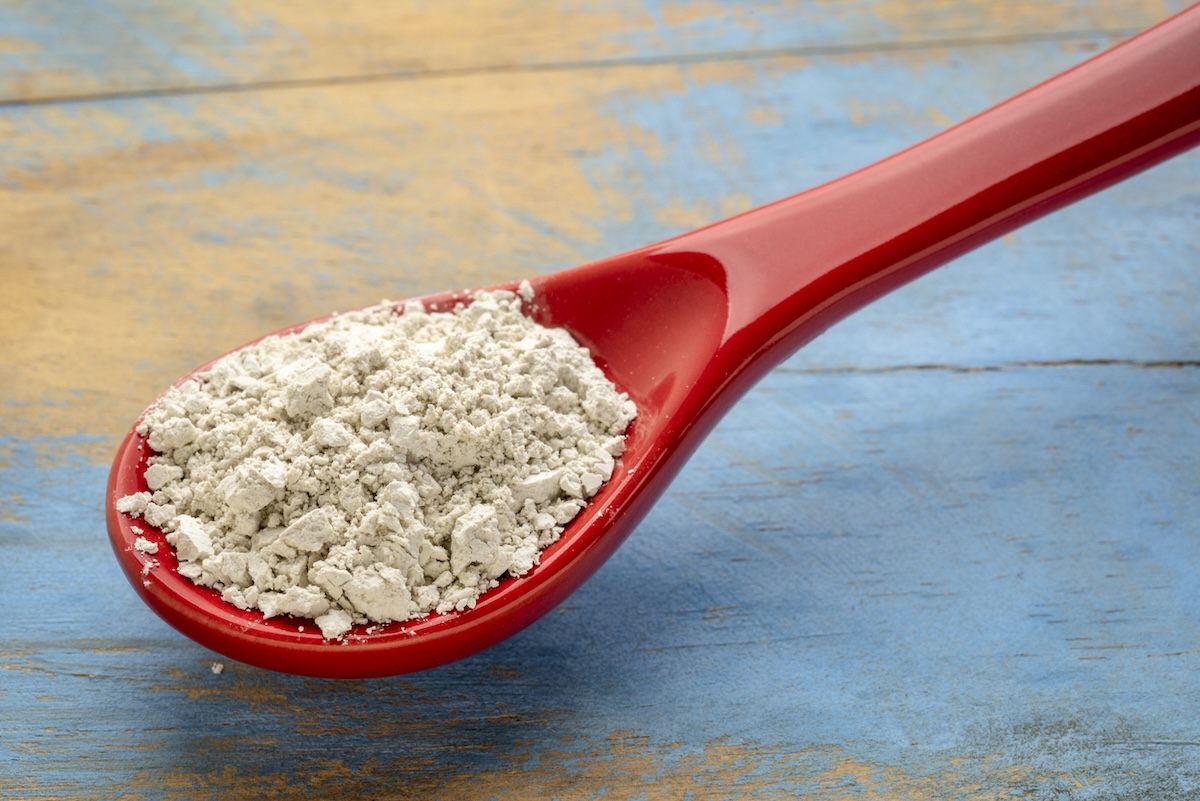

We may earn revenue from the products available on this page and participate in affiliate programs. Learn More ›
Diatomaceous earth is an all-natural substance that’s made up of silica from the shells of diatoms, or microscopic bits of fossilized algae. It is mined from sediment deposits found in bodies of water and is a readily available resource. For centuries, diatomaceous earth uses have included pest control, personal hygiene, food preservation, and more. There are two main types, or grades, of diatomaceous earth:
- Food-grade, with less than a percent of crystalline silica, is the only type considered safe around food and can be used inside the home or in a garden. (Do not confuse it with feed-grade products, which are rated only for animal consumption and used around livestock.)
- Pool-grade, which is more crystalline, unsafe to eat, and might contain other ingredients; it is used in water filtration.
Both types are labeled as pesticides. Although diatomaceous earth is a natural substance, it’s not without risk, says Deanna Bigio, horticulture extension agent for North Carolina Cooperative Extension in Wake County. “Improper handling or application can lead to inhalation of its dust, which could pose respiratory risks,” she says. It’s important to know the form of a product (such as food-grade), and, as with any pesticide, follow label directions carefully when applying the product for garden and household uses.
1. Garden Pest Control
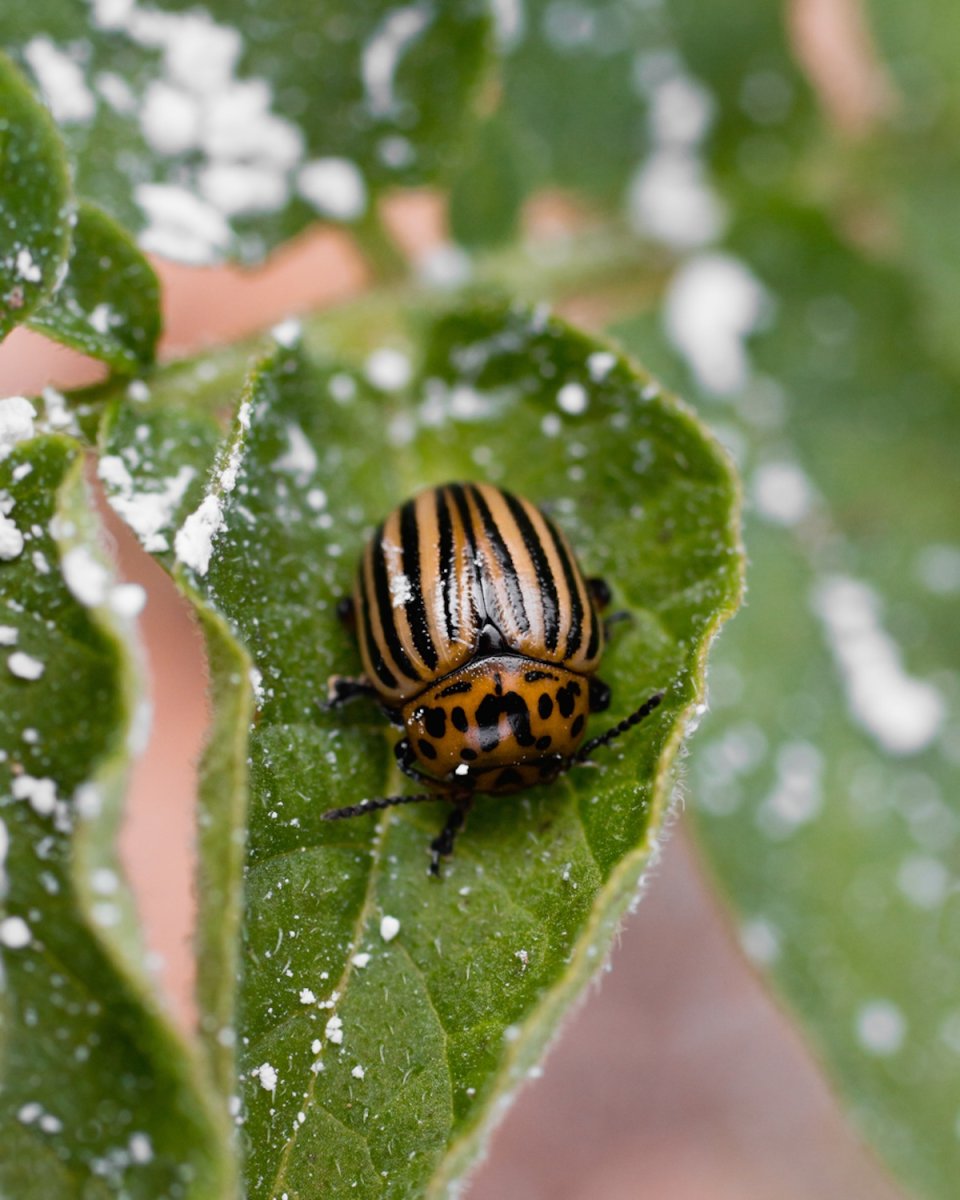
Perhaps best known for its pest-control abilities, food-grade diatomaceous earth is successful at controlling some—but not all—pests. Although powdery, each tiny granule has invisible sharp edges. The edges scrape insects’ bodies, “removing protective oils and fats, which leads to dehydration and death,” says Bigio. It works well against slugs, beetles, ants, and mites. “It’s less effective against harder-bodied insects due to their protective exoskeletons,” Bigio says.
These same qualities can harm helpful pollinators like bees if the insects come in contact with the powder, says Bigio. Help lessen the possibility by not applying any of the powder directly to flowers or foliage near blooms and concentrating it on the ground around plants. Further, only use it when necessary.
2. Fridge Deodorizer
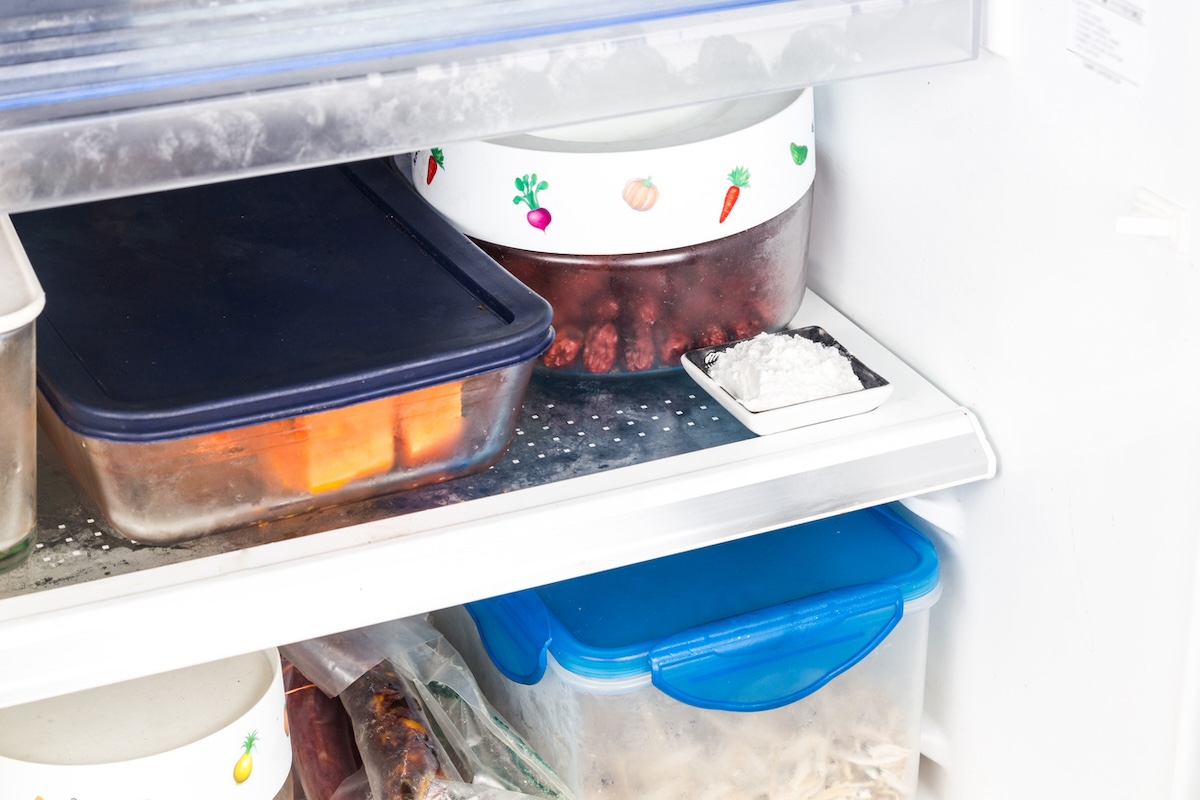
Soak up unpleasant smells in your refrigerator using diatomaceous earth. The powder’s absorbent qualities allow it to take in odors to keep your fridge smelling fresh. Fill a small, open-topped container with about ½ cup of food-grade diatomaceous earth and place it on a middle or high shelf where children can’t reach. Swap it out every week or two for the best results.
3. Silver Cleaner
Although the crystals in diatomaceous earth are abrasive enough to clean, they are tiny enough to do so gently, without marring metal surfaces. Mix it with other household items like lemon juice, vinegar, or water to clean and polish silver or pewter items. Dip a soft cotton cloth or cotton ball into the powder or mix and rub silver utensils, using a circular motion and even, medium pressure. If using powder alone, wipe any residue with a clean soft cloth.
4. Soil or Hydroponic Amendment

Like perlite, diatomaceous earth is porous and can help potting soil retain water when mixed in. It’s particularly useful in amending soil for bonsai plants and other houseplants grown indoors in hydroponic containers. It ensures the plant’s roots get air while simultaneously improving drainage and creating looser soil. Diatomaceous earth doesn’t provide any nutrition, however; plants will need other sources of nutrients. Be sure to use a product labeled for garden (or hydroponic) use.
5. Shoe Deodorizer
Food-grade diatomaceous earth does a great job deodorizing shoes. Take out any removable insoles and rub the powder into them. Sprinkle the inside of each shoe with about a tablespoon of diatomaceous earth. Let it sit for between 12 and 48 hours before using a vacuum to remove any powder residue.
As with other uses, wear protective gear while sprinkling the powder and place the shoes out of reach of children and pets. “Pets, in particular, might be at risk if they inhale large quantities or come into direct contact with heavily treated areas,” says Bigio.
6. Control of Indoor Ants, Cockroaches, and Bed Bugs
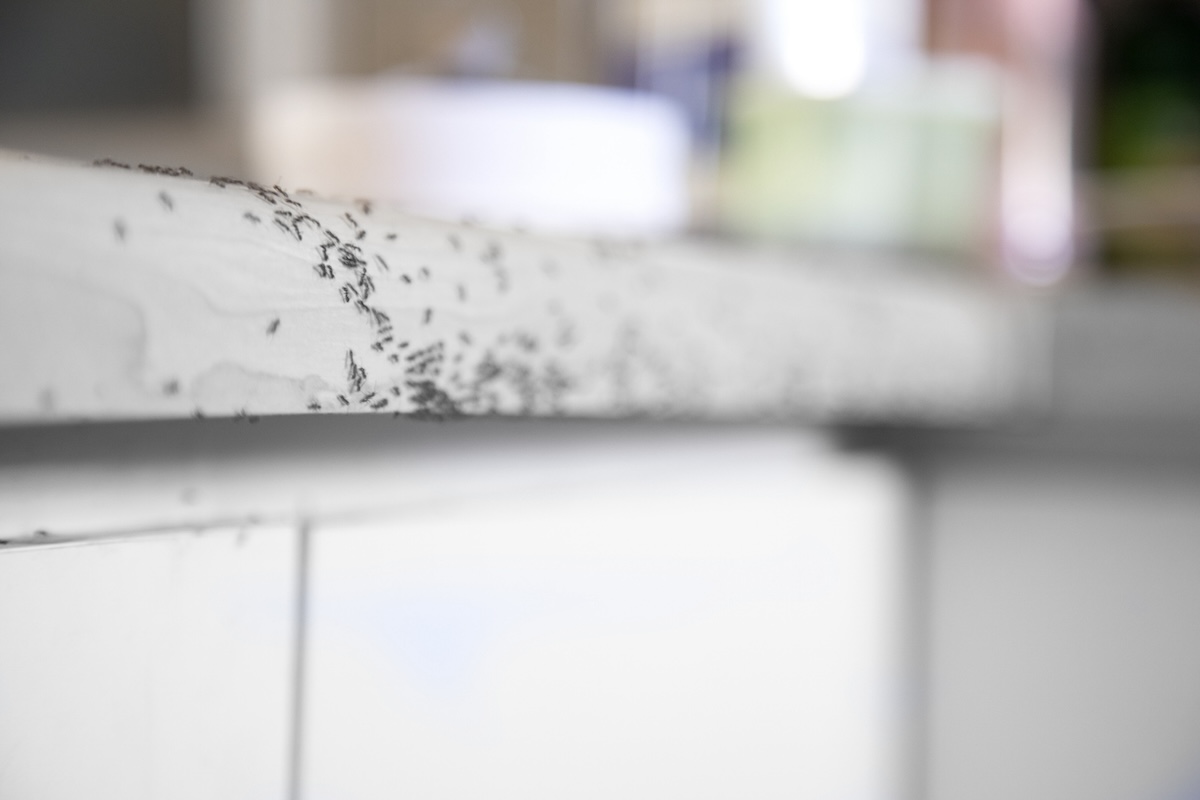
Diatomaceous earth is “a useful tool in managing infestations indoors,” says Bigio. Help control indoor pests like ants, cockroaches, and bed bugs by sprinkling diatomaceous earth where they enter or gather. “Its effectiveness hinges on the insects coming into direct contact with the powder,” says Bigio. Sprinkle the substance in areas like the cracks along baseboards and small holes in the walls.
Although a chemical-free solution, caution is necessary when applying the powder. Wear “protective gear such as masks to avoid inhalation and goggles to prevent eye irritation,” Bigio says. If a particular room has a high infestation, close it off for a short time to allow as many bugs as possible to walk across the powder on the floor and other surfaces before vacuuming and opening the room.
7. Water Filter
Pool-grade diatomaceous earth will not kill bugs because of the high temperatures it undergoes in manufacturing, but it will filter out impurities in water. In fact, it has been used to purify water for more than 100 years. The product is incorporated into commercial water filtration systems and pool filters. It is best not to DIY a pool, aquarium, or other water filter, but look for natural products designed with diatomaceous earth (diatoms).
8. Houseplant Pest Killer
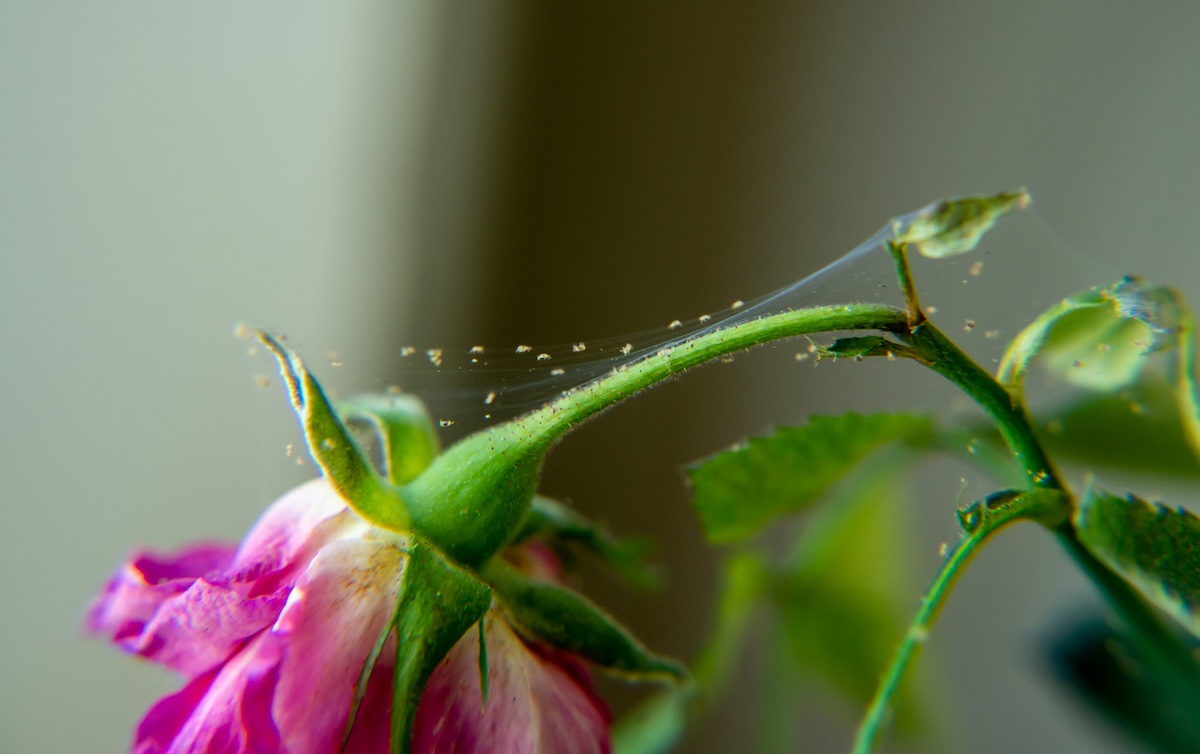
Treat indoor houseplants infested with soft-bodied insects like spider mites, thrips, and aphids with an application of food-grade diatomaceous earth without worrying about harming pollinators. (The jury is out on its effectiveness for fungus gnats, since the insect has to come in physical contact with the granules.) Sprinkle the product on the soil’s surface when it’s dry to the touch. Since it’s so absorbent, it won’t work on pests if it has already absorbed moisture from wet soil. However, water the plant as needed to keep it healthy, and reapply the diatomaceous earth after the soil dries on top.
Always place houseplant containers where pets and children cannot reach them if you’re adding diatomaceous earth to the soil or foliage.
9. Abrasive Cleaning Agent
The sharp edges of diatomaceous earth particles make it an effective abrasive cleaning agent. To make an abrasive all-purpose cleaner, put one part diatomaceous earth and five parts water into a spray bottle or bucket. Then apply the mixture to tile floors, grout, bathtubs, countertops, or any other area that needs a thorough scrubbing. Use a cloth or paper towel to rub it in, and then rinse the area with clean water. Be sure to use food-grade products, especially if you’re cleaning countertops or other surfaces that come in contact with food.
10. Grease Stain Remover
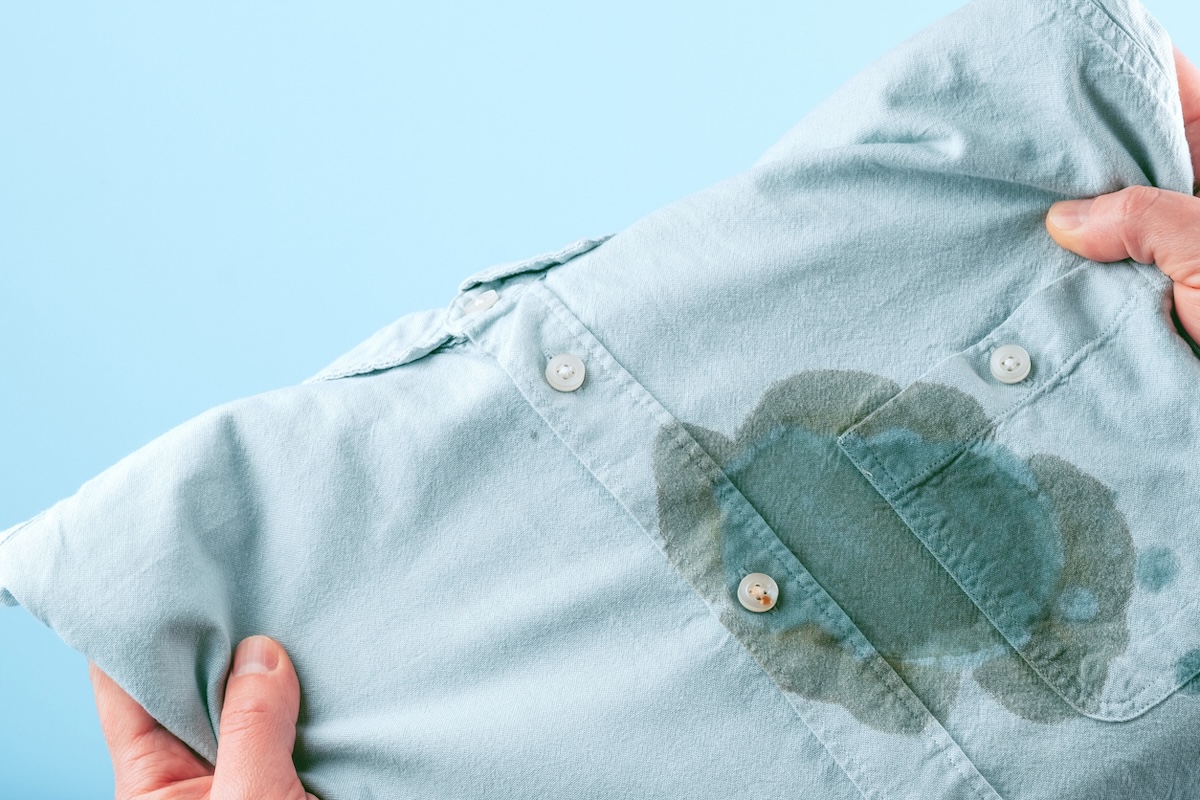
Due to its ability to absorb, diatomaceous earth uses include oil or grease stain removal, especially for large oil spills on concrete. It’s also safe to use on carpets, hardwood floors, and concrete. For the best results, apply the powder in a thin layer immediately after the spill occurs.
Then, wait for the spill to be absorbed. On concrete, rub the granules in with a stiff-bristle brush, and allow them to dry for 30 minutes. It can take between 2 and 24 hours for the DE to fully absorb the spill, depending on the size of the affected area and the surface type. Once dry, sweep or vacuum up the remaining granules and rinse or scrub the area if necessary with hot, soapy water.
11. Garbage Bin Deodorizer
Use food-grade diatomaceous earth to line the bottom interior of your indoor or outdoor garbage bin. You also can place a small open container filled with the powder near an outdoor bin if its smell is reaching living areas; just keep it away from pets. As a bonus, sprinkling the product around outdoor bins may keep crawling insects like cockroaches away from the garbage.
12. Dry Food Preservative
According to Bigio, “The application of food-grade diatomaceous earth as a food preservative, particularly in grain storage, is recognized for its ability to control pests without harmful chemicals.” However, although food-grade refers to its safety for consumption by people, “it’s crucial to adhere to recommended usage rates,” warns Bigio. Do not overuse the product and follow all guidelines on product labels.
In general, use about 1 teaspoon of diatomaceous earth for every pound of food and start by sprinkling a thin layer on the bottom of the container. Some sources suggest adding a thin layer for every 4 inches or so of grain. The powder also can help keep stored foods dry and less likely to grow mold. You can rinse the grain before cooking, but that shouldn’t be necessary if used correctly. Never ingest diatomaceous earth unless the product in which it is mixed (such as toothpaste) is clearly labeled as tested for safe use with people.
13. Flea and Tick Remover

Remove fleas and deter ticks by using food-grade diatomaceous earth. Vacuum around areas where a dog spends most of its time, such as a kennel or pet bed, to remove possible eggs.
- Sprinkle the area with diatomaceous earth, again using a mask and other protective gear.
- Let your pet lounge in the dusted area for a few days, and then bathe the dog with a moisturizing shampoo (to counter the drying properties of diatomaceous earth).
- Comb through the pet’s fur with a flea comb every few days.
- Vacuum the remaining dust and any eggs after a few weeks using a shop vac.
You also can rub it into some on a dog’s coat, but keep the powder away from eyes and the muzzle areas.
